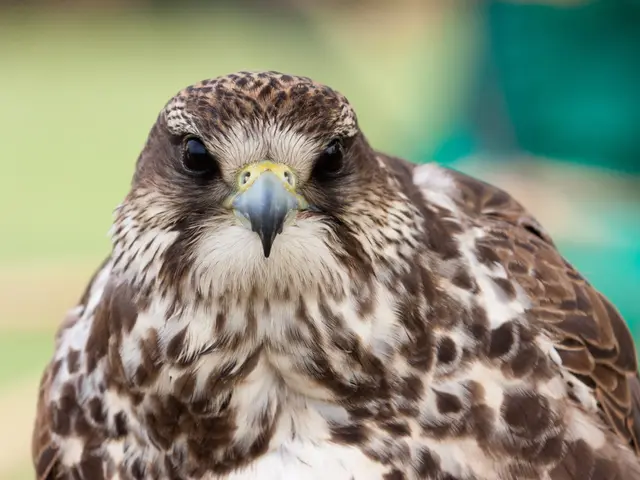Emerging Trend of Edible Insects in Food Industry: A Path Towards Sustainable and Nutritious Consumption
The global edible insect market is experiencing significant growth, with estimates suggesting it will expand from approximately $2.31 billion in 2025 to $4.67 billion by 2032, at a compound annual growth rate (CAGR) of 10.6%. This growth is driven by a shift towards mainstream acceptance, particularly in Western markets, as consumers seek sustainable, nutritious, and alternative protein sources.
Whole insects remain the most popular segment, accounting for around 46% of the market share. However, the insect protein market, particularly in the form of powders, is growing at an impressive CAGR of 17.2% from 2025 to 2035. Key drivers include health-conscious consumers and concerns over the ecological impact of traditional livestock farming.
Innovation is at the heart of this burgeoning sector. Companies are launching a diverse range of insect-based foods, from protein bars and snacks to pasta, baked goods, and supplements. To overcome cultural barriers, food manufacturers are focusing on processing methods that render insects unrecognizable, such as grinding them into powders or pastes.
Advances in processing and packaging have made insect-based products more appealing and easier to incorporate into everyday diets, supporting wider market penetration and consumer acceptance. Updated food safety guidelines, such as those from the FDA, have reinforced consumer trust and facilitated market entry for new insect-based products.
Major food companies, like Tyson Foods, are investing in insect protein suppliers, signalling confidence in the sector’s growth and mainstream potential. In North America, the U.S. leads in innovation, with startups creating cricket- and mealworm-based snacks and supplements. Europe is also witnessing growth, although slightly behind North America, with regulatory frameworks increasingly supporting insect-based foods for human consumption.
Edible insects offer high protein levels comparable to traditional animal-based sources, with crickets containing about 70% protein by dry weight. They are also a good source of healthy fats, including essential fatty acids like omega-3s, and rich in essential vitamins and minerals, such as iron, zinc, calcium, magnesium, and B vitamins.
Future food products made from insects include protein bars, flour, snacks, burgers, and even insect-based milk and dairy alternatives. Overcoming cultural perceptions and psychological barriers will be essential to increasing the acceptance of edible insects in new markets. In Europe, only a handful of insect species, such as crickets and mealworms, have been approved for use in food products, while others remain unregulated or prohibited.
Edible insects can help alleviate food insecurity by providing an affordable and nutritious protein source, particularly in regions with limited access to conventional animal-based proteins. They also have a much lower carbon footprint compared to traditional livestock farming, emitting up to 99% less greenhouse gas. As consumer perceptions shift and products become more accessible and appealing, insect-based foods are transitioning from niche offerings to mainstream dietary staples.
- Consumers seeking sustainable, nutritious, and alternative protein sources are driving the growth of the edible insect market, with a projected expansion from $2.31 billion in 2025 to $4.67 billion by 2032.
- Whole insects represent about 46% of the market share, but the insect protein market, particularly in powder form, is experiencing a CAGR of 17.2% from 2025 to 2035.
- Food manufacturers focus on processing methods such as grinding insects into powders or pastes to overcome cultural barriers and make insect-based foods more appealing.
- Updated food safety guidelines, like those from the FDA, have boosted consumer trust and facilitated market entry for new insect-based products.
- Major players in the food industry, like Tyson Foods, are investing in insect protein suppliers, signifying confidence in the sector's growth and mainstream potential.
- Edible insects offer a high protein level comparable to traditional animal-based sources, with crickets containing approximately 70% protein by dry weight.
- Future insect-based food products may include protein bars, flour, snacks, burgers, milk, and dairy alternatives.
- Insect-based foods hold the potential to alleviate food insecurity by offering an affordable and nutritious protein source with a lower carbon footprint compared to traditional livestock farming, particularly in regions with limited access to conventional animal-based proteins.








